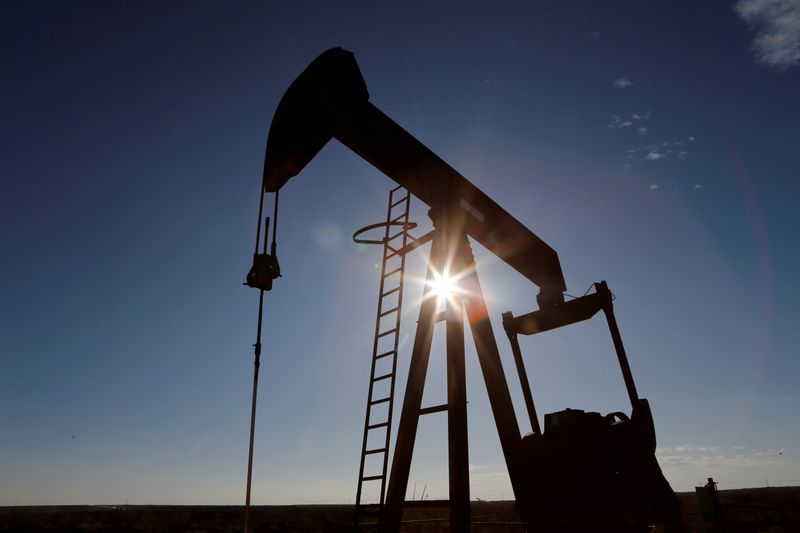By Bozorgmehr Sharafedin, Stephanie Kelly and Florence Tan
LONDON/NEW YORK/SINGAPORE - Renewed restrictions in Europe and the United States to combat the coronavirus have slowed down the pace of fuel demand recovery, offsetting a rebound in Asian economies where consumption has almost returned to pre-COVID levels.
As the second wave of the virus hit many Western countries, governments imposed new lockdowns, closing restaurants and bars and banning gatherings. But the measures were not as strict as during the first wave.
France, the United Kingdom, Spain and Poland were under the strictest lockdowns in Europe, according to the Oxford stringency index that assesses indicators such as school and workplace closures, and travel bans.
Graphic - Renewed restrictions in Europe and the United States: https://fingfx.thomsonreuters.com/gfx/ce/qzjvqoqqmvx/OXFORD.JPG
As a result, traffic in London, Paris and Madrid sharply fell in November after a peak in October, according to the data provided to Reuters by location technology company TomTom, that covered mobility until Sunday evening.
"For now, we expect roughly a drop in European oil demand of around one million barrels per day (bpd) month-on-month in November, where approximately 80% of this drop can be attributed to the lockdown impact and the rest to monthly seasonality," said Rystad Energy's head of oil markets, Bjornar Tonhaugen.
November road demand is usually lower than October.
Graphic - Renewed lockdowns weigh on Europe's mobility: https://graphics.reuters.com/GLOBAL-OIL/rlgvdamljpo/chart.png
The IEA director for energy markets and security, Keisuke Sadamori, told Reuters the renewed lockdowns in Europe appeared set to push the outlook for global oil demand toward the downside, although less severe than in the first round of lockdowns in April.
Analysts said promising news on Pfizer (NYSE:PFE)'s COVID-19 vaccine candidate which pushed up oil prices by 10% on Monday was unlikely to affect demand destruction in Europe through year-end, although it could delay stricter restrictions in the United States.
Restrictions in Europe were worrying the U.S. market, as some traders saw more lockdowns there as a harbinger for what was to come in the United States.
"We are just waiting for the other shoe to drop here," said John Kilduff, partner at Again Capital in New York. "This is looking like a replay of earlier in the year."
The market was tacitly optimistic about the U.S. fuel market’s recovery in late August – just as some schools were reopening – but positive sentiment has since evaporated.
Product supplied of gasoline – a proxy for demand – has dropped 9% since August, to 8.3 million bpd from 9.2 million bpd, Energy Information Administration data showed.
ASIAN RECOVERY
In contrast, traffic in the Chinese capital of Beijing has recovered significantly compared to the baseline in February and was not far from 2019 levels, according to TomTom data.
Fuel demand in China, the world's second largest oil consumer, has returned to pre-COVID levels and was set to grow this year as its economy rebounded.
SIA Energy, a Beijing-based consultancy, said it expected Chinese oil demand to grow 9%, or 1.34 million bpd, in 2020 to 16.4 million bpd.
In Moscow and Tokyo, road traffic was not far from pre-pandemic levels, according to TomTom data.
Graphic - Traffic in Beijing on recovery: https://graphics.reuters.com/GLOBAL-OIL/jbypreokkve/chart.png
India suffered immensely from the pandemic, but the mobility indicators in the country also remained resilient. Traffic in New Delhi and Mumbai was still on the rise, although at a slower pace compared to July-August, according to TomTom data.
India's gasoline and diesel sales in October have also risen above pre-pandemic levels.
Oil Minister Dharmendra Pradhan said at an industry conference on Monday that the consumption of high-speed diesel and motor spirit in October exceeded last year.

"We anticipate that this recovery path in energy demand growth in India will sustain in the coming months," he added.